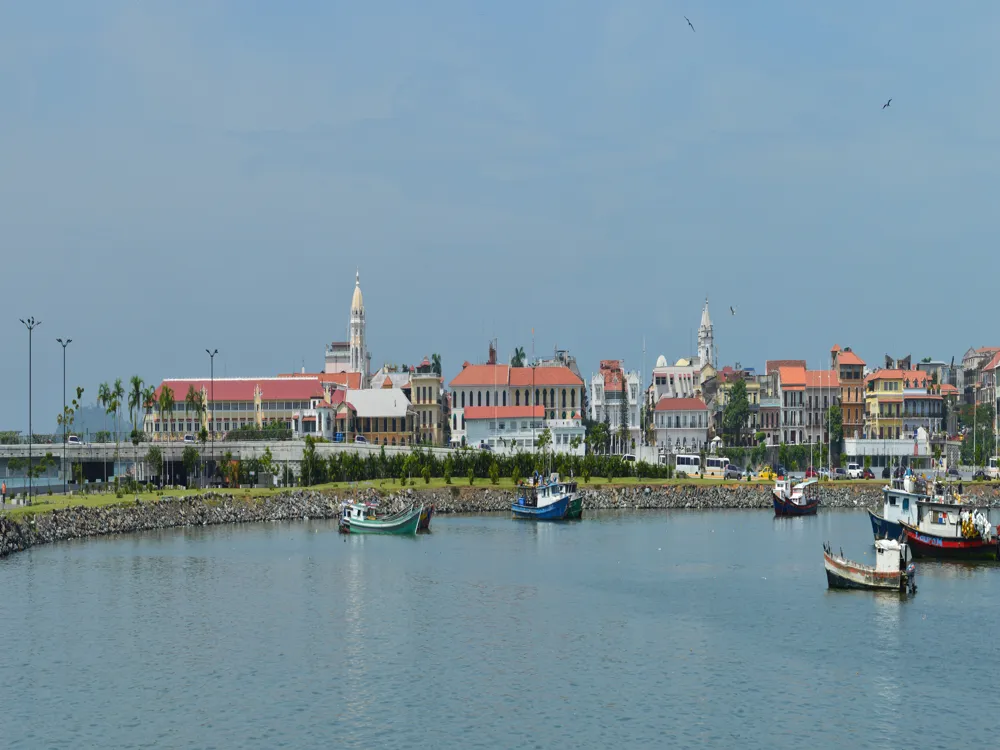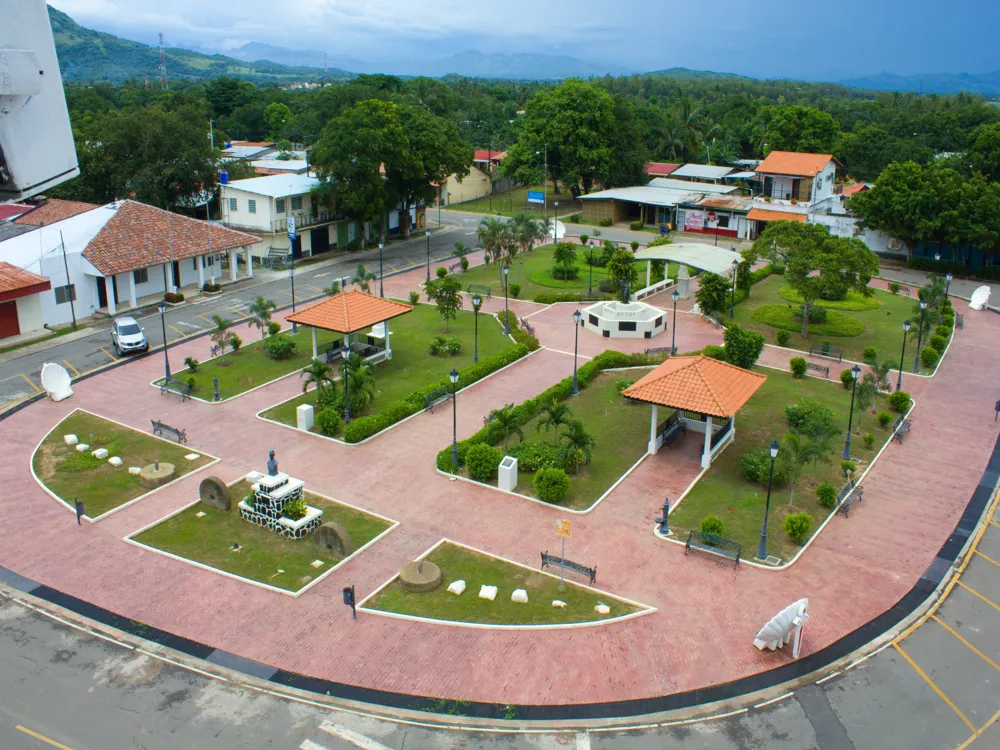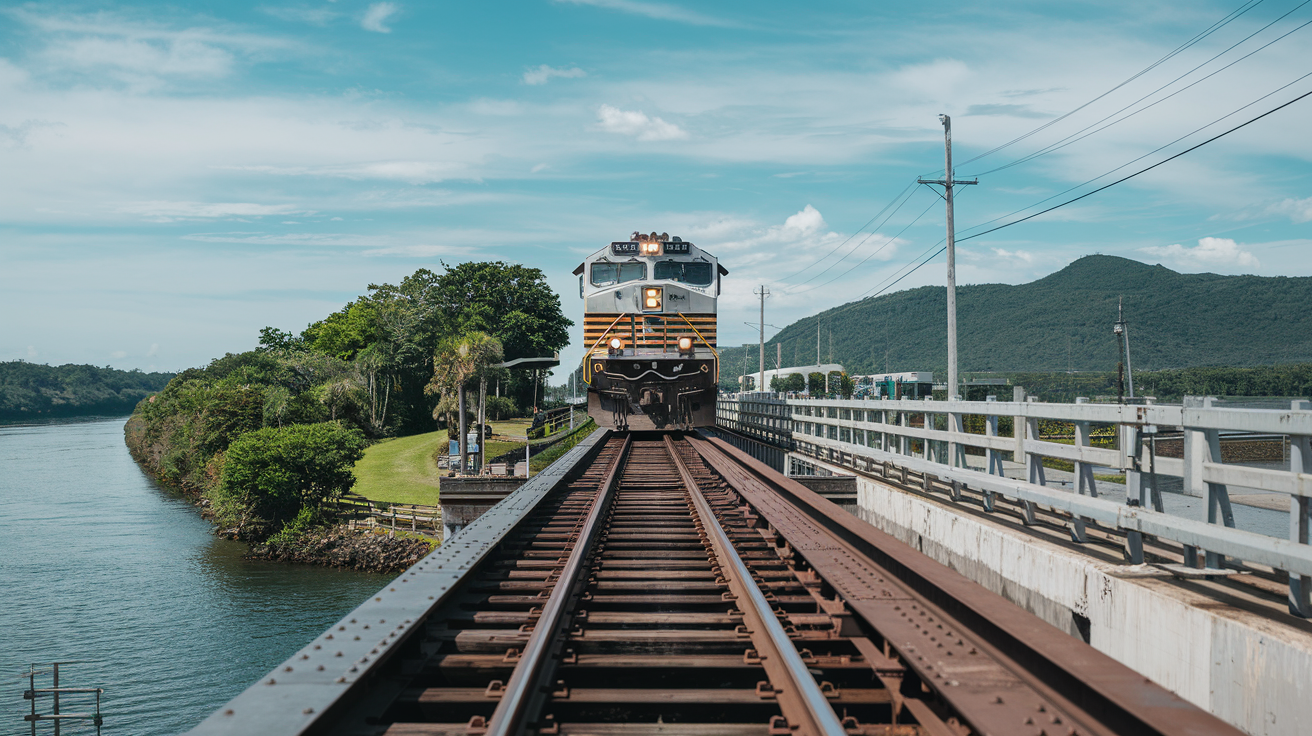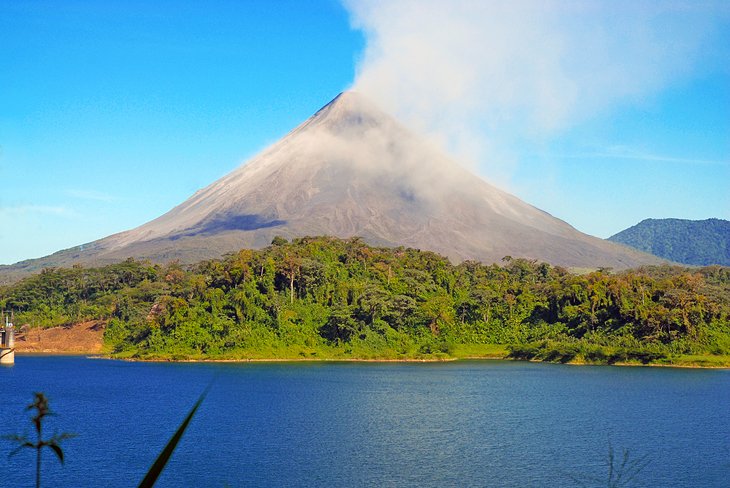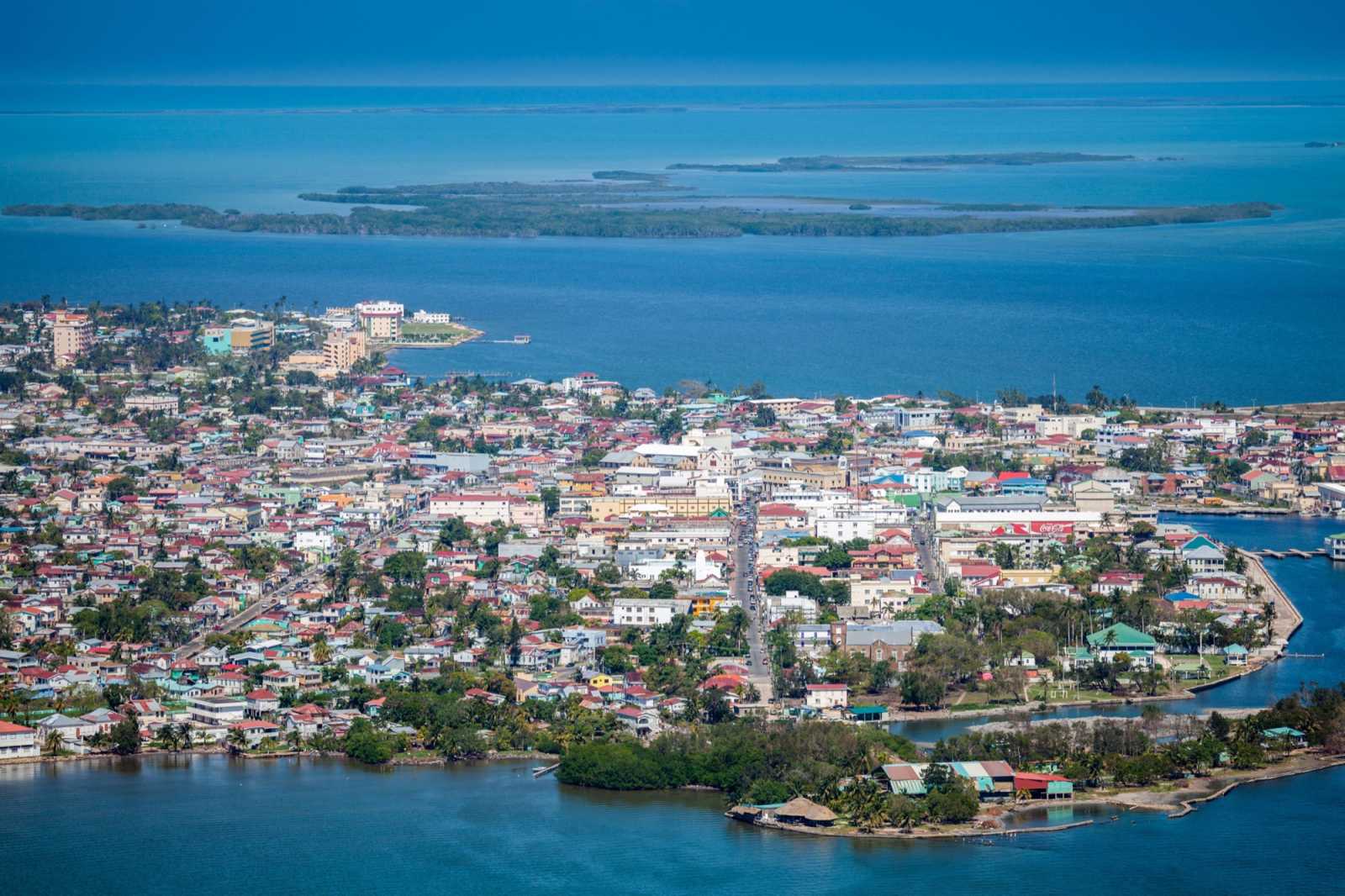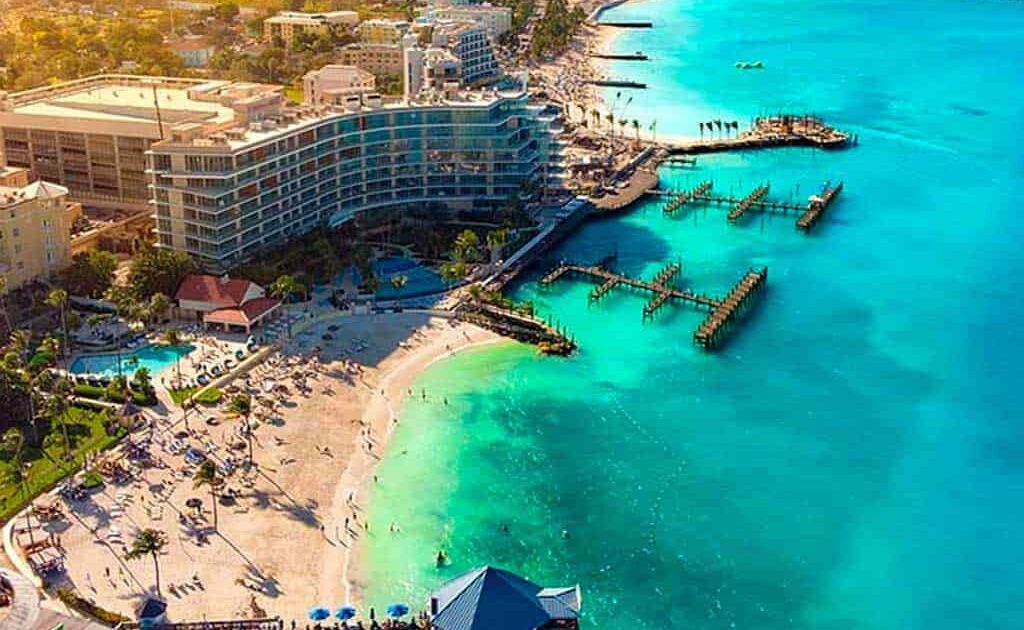Plan Your Travel To Panama
Panama Travel Essentials
"Discover the shrouded beauty "
Panama Tourism
Panama, the link between North and South America, is a mesmerizing place where culture, modernity, and unspoiled nature collide. Panama City, the nation's capital, is known for its breathtaking skyline, the storied Casco Viejo neighborhood, and the incredible Panama Canal. Discover stunning Pacific and Caribbean coasts, meet indigenous people, and stroll through lush jungles in national parks. Beautiful beaches and a diverse array of marine life may be found in the Bocas del Toro archipelago. Panama embraces vibrant festivals and customs, and its food is a combination of flavors from the Caribbean and Latin America. Panama welcomes visitors to discover its distinct appeal with its friendly demeanor and a combination of natural beauty and urban excitement.
Must Know Before You Travel to Panama
- Currency: Panama uses the U.S. dollar as its official currency.
- Language: Spanish is the official language, but English is widely spoken, especially in tourist areas.
- Visa Requirements: Check the visa requirements for your nationality before traveling to Panama. Many countries have visa-free or visa-on-arrival access.
- Vaccinations: Ensure you're up to date on routine vaccines and consider vaccinations for diseases like hepatitis A and typhoid.
- Safety: Panama is generally safe for tourists, but exercise caution in crowded places and avoid displaying expensive items.
- Climate: Panama has a tropical climate, so pack lightweight clothing and rain gear for sudden downpours.
- Transportation: Taxis and buses are common modes of transportation, and the country has a well-developed highway system.
- Food: Don't miss trying local dishes like sancocho (chicken soup) and ceviche.
- Health Precautions: Use bottled water, apply mosquito repellent, and take precautions against sunburn.
- Respect local culture: Panamanians are friendly and respectful. Learn a few basic Spanish phrases and be polite to locals.
Tourist Places to Visit In Panama
Panama Travel Packages
Compare quotes from upto 3 travel agents for free
View All Packages For Panama
More on Panama Travel
All collections about Panama
Best time to visit Panama
Panama's dry season, which runs from late December to April, is the ideal time to visit. There can be virtually daily rains and greater humidity from May until almost the end of the year. Despite somewhat higher temperatures, Panama's dry season is also windy and partially overcast, which provides respite. All year long, Panama City has daily temperatures between 81ºF (27.2°C) and 83ºF (28°C). The Panama Canal connects Panama City on the Pacific to Colón on the Caribbean. The nation's climate is significantly influenced by weather patterns from the Pacific and Caribbean, with a narrowest point of around 37 miles.
Top Stories about Panama Tourism
All collections about PanamaRead More on Panama Travel
Exchanging money in Panama:
When visiting Panama, it's essential to know about currency exchange. The official currency is the Panamanian balboa, but the US dollar is widely accepted. Currency exchange is straightforward, with banks, exchange offices, and ATMs readily available. It's advisable to carry small denominations of US dollars for convenience. Credit cards are also widely accepted. Be aware of exchange rates and potential fees, as they can vary. Additionally, it's wise to notify your bank of your travel plans to avoid card issues. Panama's currency flexibility ensures a hassle-free experience for travelers.
Nightlife in Panama:
Panama City comes alive at night with a vibrant nightlife scene. The Casco Viejo district is a hotspot for trendy bars, clubs, and restaurants. You can enjoy live music, dance to Latin rhythms, or sip cocktails with stunning skyline views. Zona Viva in Panama City offers more modern club experiences. There's something for everyone, from intimate lounges to energetic discos. Be sure to try local cocktails like Ron Abuelo, a Panamanian rum. Safety is important, so use reputable transportation options when exploring the city's nightlife.
Shopping in Panama:
Panama offers diverse shopping experiences, from modern malls to traditional markets. In Panama City, Multiplaza and Albrook Mall are popular shopping destinations, featuring international brands. For a more authentic experience, visit local markets like the Mercado de Mariscos for fresh seafood or the handicraft markets in Casco Viejo for souvenirs. Panama is known for its high-quality coffee and Panamanian hats, known as "sombreros pintados." Haggling is common in markets, so feel free to negotiate prices. Ensure your purchases comply with customs regulations if you plan to take them home.
Festivals in Panama:
Panama's cultural diversity is celebrated through various festivals. Carnival in February is a highlight, with vibrant parades, music, and traditional costumes. Semana Santa (Holy Week) in April sees religious processions across the country. The Diablos y Congos Festival in Portobelo showcases Afro-Panamanian traditions with colorful masks and dancing. The Independence Day celebrations on November 3rd are a patriotic extravaganza with parades and fireworks. These festivals offer a fantastic glimpse into Panama's rich heritage and are an excellent time to experience local culture.
Hygiene in Panama:
Maintaining good hygiene is crucial when visiting Panama. While major cities have modern amenities, some remote areas may have limited access to clean water and sanitation facilities. It's advisable to drink bottled or purified water and avoid ice in drinks from street vendors. Use insect repellent to prevent mosquito-borne diseases, and practice good hand hygiene. Sunscreen is essential, as Panama's tropical climate can be harsh on your skin. Also, ensure your vaccinations, including yellow fever, are up-to-date, especially if you plan to visit rainforest regions.
Tips for visiting Panama:
- When visiting Panama, consider a few essential tips.
- Start with learning some basic Spanish phrases, as English may not be widely spoken.
- The country's currency is the balboa, but the US dollar is commonly used. Embrace local cuisine like ceviche and sancocho, and try the world-famous Panamanian coffee. Explore the Panama Canal, a marvel of engineering. Be cautious in remote areas and stay updated on travel advisories.
- Respect the local culture, including conservative dress codes in rural areas.
- Lastly, have a raincoat or umbrella handy, as Panama's weather can be unpredictable.
Food of Panama:
The delicious blend of flavours found in Panamanian cuisine is inspired by African, Spanish, and Indigenous traditions. "Sancocho," a filling chicken soup with yams and plantains, is a must-try. Fans of seafood will like "ceviche," which is fresh fish marinated in citrus. A common rice dish called "Arroz con guandú" is frequently served with coconut. Savour the delicious "carimanolas," yuca fritters, or "hojaldres," deep-fried dough. Enjoy some "tres leches" cake for dessert. Try the local coffee or wash it down with 'chicha', a fermented beverage made from maize. The variety of Panama's cuisine ensures a wonderful meal.
Photos of Panama
All Country Photos Panama
Popular Questions And Answers on Panama
What is the best time to visit Panama?
The best time to visit Panama is during the dry season, which typically runs from mid-December to mid-April. This period offers pleasant weather for outdoor activities and exploring the country.
What are the must-visit destinations in Panama?
Some of the must-visit destinations in Panama include Panama City, Bocas del Toro, Boquete, San Blas Islands, and the historic Casco Viejo district.
Is it safe to travel in Panama?
Panama is generally considered a safe destination for travelers. However, it's essential to take standard precautions, such as avoiding risky areas and keeping an eye on your belongings.
What's the currency in Panama, and can I use US dollars?
Panama uses the Balboa (PAB) as its official currency, but the U.S. dollar (USD) is widely accepted and used throughout the country.
What are the visa requirements for Panama?
Many nationalities can enter Panama for tourism purposes without a visa for up to 180 days. However, it's essential to check specific requirements for your country before traveling.
What's the official language in Panama?
Spanish is the official language of Panama, but you'll find many people who speak English, especially in tourist areas.
Can I drink tap water in Panama?
It's generally safe to drink tap water in most parts of Panama, but it's advisable to drink bottled water in remote areas or if you have a sensitive stomach.
What's the local cuisine in Panama like?
Panamanian cuisine features a mix of flavors influenced by various cultures. Try dishes like sancocho (a hearty chicken soup), ceviche, and plantains.
How do I get around in Panama?
You can get around Panama by using taxis, buses, and domestic flights. Renting a car is also an option, but traffic in Panama City can be congested.
What are some popular outdoor activities in Panama?
Panama offers a wide range of outdoor activities, including hiking in national parks, exploring rainforests, bird watching, surfing in Bocas del Toro, and snorkeling in the San Blas Islands.

